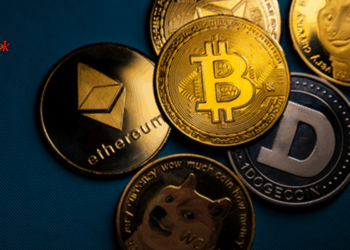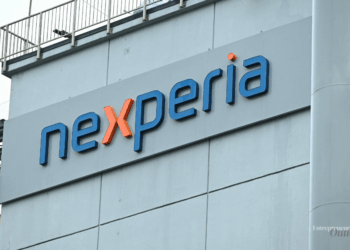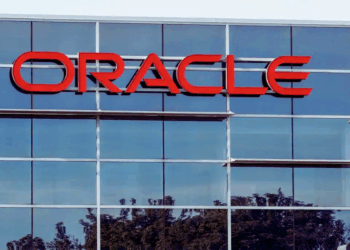Consumer behavior is shifting at an unprecedented pace. What once worked for marketers even two years ago might now fall flat in a landscape defined by economic uncertainty, cultural evolution, and the growing power of technology. As businesses compete in an increasingly global marketplace, one thing has become clear: understanding global consumer behavior trends is no longer optional—it’s essential.
This article explores the key behavioral shifts shaping today’s marketplace, offering a deeper look at regional preferences, cultural influence, and how businesses can evolve their global marketing strategies to thrive.
Consumer Preferences Across Different Regions
The modern consumer doesn’t just want a product—they want a meaningful experience tailored to their values, needs, and lifestyles. But what that looks like can vary dramatically by region.
In North America and Western Europe, financial caution is leading to more deliberate purchasing. Consumers are scrutinizing brands for value, authenticity, and ethical practices. In Asia-Pacific, innovation, speed, and digital convenience top the priority list. Meanwhile, in Latin America and parts of Africa, price sensitivity and community trust remain crucial factors influencing brand loyalty.
Despite these differences, one unifying trend is clear: customer expectations are rising everywhere. Whether it’s fast shipping, seamless digital support, or personalized content, consumers now expect more—and will switch brands if they don’t get it.
Insight: Our analysis shows that over 50% of consumers reduce spending after a negative experience, while a standout positive experience still has the power to build loyalty.
Adapting Marketing Strategies for Different Cultures
Effective global marketing today demands more than translating ad copy—it requires cultural fluency. Consumers interpret brand messages through the lens of their environment, history, and values. This means businesses must go beyond demographics and tap into psychographics—understanding motivations, beliefs, and emotional triggers.
Tailoring Strategies for Cultural Relevance:
- Messaging & Tone: Humor that works in the UK might fall flat in Japan. Emotional appeals that resonate in India may not translate to Scandinavian audiences.
- Platform Preferences: While Instagram may dominate in the U.S., WeChat and TikTok reign in China. Understanding where your audience lives digitally is just as important as what you say.
- Value Alignment: In 2025, more consumers are aligning with brands that reflect their personal beliefs—whether it’s sustainability, diversity, or innovation.
Takeaway: Cultural agility is now a marketing superpower. Brands that customize their approach by region build deeper trust—and outperform their competitors.
Economic Pressure and the Rise of the Experience Economy
Today’s consumer is more selective than ever. With rising costs of living and global inflationary pressures, spending patterns have shifted. Essentials still drive purchases, but discretionary spending now depends heavily on experience and emotional value.
Interestingly, industries that are traditionally considered “nice-to-have”—like fashion, tech gadgets, or travel—are delivering fewer negative experiences than “need-to-have” sectors such as utilities and banking. Why? Because they know they must earn every dollar.
What This Means for Brands:
- Customer Experience (CX) isn’t a perk—it’s a differentiator.
- Investing in proactive support, frictionless UX, and loyalty programs pays off.
- Listening to feedback and acting on it builds long-term trust.
Data Point: Brands that consistently deliver positive experiences see a measurable uptick in customer loyalty—even when prices increase.
Five Global Consumer Behavior Trends Defining 2025
Based on emerging insights, here are five pivotal consumer behavior trends to watch in 2025:
- Experience-Driven Loyalty: Consumers will prioritize brands that consistently offer intuitive, seamless experiences—regardless of industry.
- AI and Automation Anxiety: As automation becomes embedded in more services, trust and transparency will be critical in winning over skeptical consumers.
- Purpose-Driven Purchasing: Consumers increasingly buy from brands that stand for something meaningful—be it sustainability, ethics, or community investment.
- Hyper-Personalization: Generic marketing is losing impact. Customers expect brands to know their preferences and deliver relevant content and offers.
- Channel Fluidity: Online, offline, hybrid—consumers want control over how and where they engage. Brands that deliver flexible omnichannel journeys will lead.
Marketing with Empathy and Insight
Today’s consumers are informed, connected, and demanding. They want relevance. They want transparency. They want to feel seen.
Businesses that invest in market research, stay in tune with cultural shifts, and meet rising expectations with authenticity will gain a powerful edge. The future of global consumer engagement lies in being nimble, thoughtful, and human-first.
In short, if you’re still marketing to who your customers were—you’re already behind.






